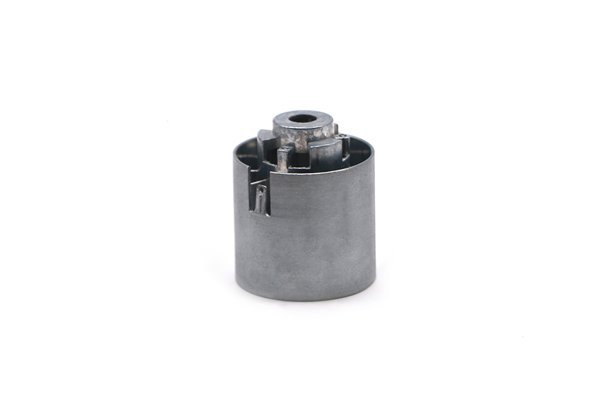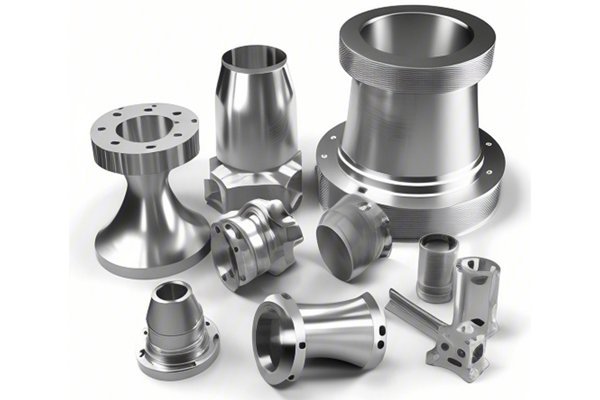Did you know that even a fraction of a millimeter in wall thickness variation can significantly alter the performance and appearance of CNC machined parts? In industries where precision and reliability are paramount—such as aerospace, automotive, and electronics—understanding the implications of uneven wall thickness is essential. It can lead to compromised strength, unexpected failures, and increased production costs. In this comprehensive guide, we will explore the impacts, reasons behind uneven wall thickness, and practical solutions to mitigate these issues.
—
The Importance of Wall Thickness in CNC Machining
Wall thickness refers to the distance between two opposite surfaces of a part. It directly influences various mechanical properties such as tensile strength, stiffness, thermal conductivity, and overall durability. The optimization of these factors leads to enhanced performance in applications ranging from intricate electronic components to robust automotive parts.
The Aesthetic Impact of Uneven Wall Thickness
While performance is crucial, aesthetics also play a vital role in the acceptance of machined parts. The visual appeal of a product influences customer perception and can often define market success. Here’s how wall thickness variations can affect aesthetic attributes:
—
Causes of Uneven Wall Thickness
Understanding the root causes of uneven wall thickness is critical for addressing this issue in CNC machining. Several factors may contribute to this common manufacturing challenge:
Aspect Ratio Issues: Parts with an unfavorable aspect ratio can lead to thickness changes during the machining process, leading to stress concentrations in filleted areas.
Materials with inconsistent properties or higher variability can exacerbate wall thickness challenges. It’s crucial to choose materials that are evenly composed for precision machining.
Improper machine setup or calibration can lead to variations in wall thickness. Operators must ensure that CNC machines are configured according to the manufacturer’s specifications.
Inexperienced machinists may misinterpret designs or apply incorrect machining strategies, resulting in uneven wall thickness.
Temperature changes during cooling can affect the dimensional stability of parts, leading to warping. Advanced cooling techniques are crucial for maintaining uniform wall thickness.
—
Solutions to Mitigate Uneven Wall Thickness

But fear not! There are multiple techniques and strategies to address the issue of uneven wall thickness in CNC machined parts.
Employ Finite Element Analysis (FEA): Before beginning the machining process, utilizing FEA can help visualize stress distribution and areas susceptible to weakness due to wall thickness issues. It allows for better design modifications to prevent unevenness.
Consider Wall Thickness Uniformity: During the design phase, aim for uniform wall thickness whenever possible. This not only enhances strength but also simplifies the machining process.
Opt for materials known for their consistent properties in applications. Metals like aluminum often provide excellent consistency, while composites may need careful consideration.
Employ Advanced CNC Techniques: Multiaxis CNC machines provide greater flexibility for intricate designs and can mitigate uneven wall thickness by allowing for adjustments in real-time.
Implement Synchronous Machining: This technique involves keeping multiple tools simultaneously engaged with the workpiece to assure even material removal and feature consistency.
Routine machine calibration can significantly enhance machining consistency. Participating in regular maintenance ensures that the machine’s components function optimally, mitigating variability in wall thickness.
Invest in comprehensive training programs for CNC operators. Skilled operators can anticipate and rectify machining issues promptly, ensuring adherence to design specifications and process reliability.
Employing controlled cooling and heating during the machining process can help stabilize the material and maintain uniform wall thickness. This is particularly important for materials susceptible to warping.
—
Case Studies: Real-World Applications
Real-world scenarios can illustrate the importance of addressing uneven wall thickness effectively. Consider the following case studies:
Case Study 1: Aerospace Components
In 2020, a leading aerospace manufacturer faced challenges with a series of wing components having critical wall thickness variations. A thorough FEA revealed design inefficiencies that were corrected before mass-prodution, leading to significant improvements in strength, weight, and aesthetic appeal.
Case Study 2: Automotive Industry
An automotive supplier found that wall thickness issues led to higher failure rates of engine components. By recalibrating their CNC machines and enhancing operator training, they effectively decreased product returns by over 30%, all while improving customer satisfaction through better product aesthetics.
—
In conclusion, understanding the impacts of uneven wall thickness is critical for industries relying on CNC machining. From mechanical properties to aesthetic considerations, the implications of thickness variations cannot be overlooked. Designers, engineers, and machinists must collaborate to put strategies in place for effective mitigation.
Remember, addressing the issue of uneven wall thickness isn’t just a technical necessity—it’s vital for ensuring product performance, enhancing customer satisfaction, and maintaining competitive advantage in your market.
As you embark on your CNC machining projects, consider employing the techniques and recommendations covered in this blog post. Your investment in precision will yield dividends far beyond just function; you will enhance the overall quality and desirability of your products.
Every step taken towards understanding and rectifying uneven wall thickness matters greatly—it is crucial not just for today’s projects but for the continued success and evolution of your manufacturing process.






